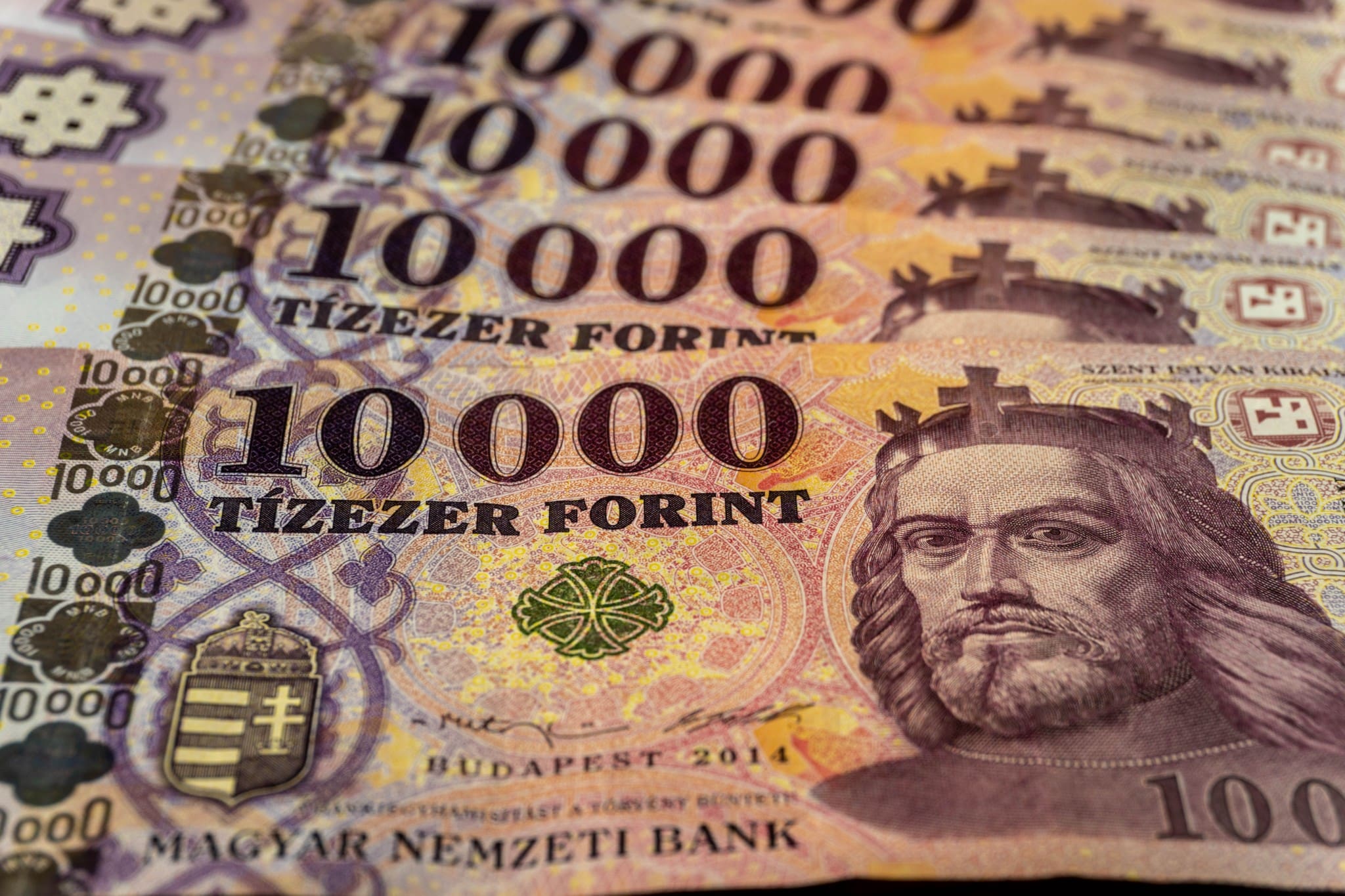For the first time in 20 years, Hungarian inflation shot above the 10 percent psychological threshold, the Central Statistics Office (KSH) reported on Wednesday.
While the headline figure is certainly bad news for the country, Hungary’s peers are faring even worse: The latest data show inflation at 13.9 percent in Poland, 14.2 percent in Czechia, 13.8 percent in Romania, and 11.8 percent in Slovakia.
Hungary’s positive performance — relative to others in the region — is largely due to the government having extended the existing price cap on fuels and six basic food groups until July 1 in order to shield Hungarian consumers from the effects of mostly energy-related price increases.
[pp id=31240]
Hungary has also pursued an energy policy that puts Hungarian households first, seeking to ensure that affordable Russian oil and gas is flowing into the country without interruption. Due to this policy, Hungary enjoys the lowest utility bills in the European Union.
Nevertheless, cheap money policies from central banks around the world, war in Ukraine, and other factors, such as drought hampering grain yields in the United States and India, have driven inflation metrics higher across the world, and Hungary is no exception. The inflation figure of 10.7 percent is higher than previous forecasts from the Hungarian Central Bank and financial analysts, with experts having expected the indicator to be around 10.5 percent in May.
Consumer prices, meanwhile, rose an average of 1.7 percent in one month, the Central Statistics Office said. Compared to May last year, food prices rose 18.6 percent, while durable consumer goods cost 11.4 percent more.
Gergely Suppan, senior macro analyst at Magyar Bank, pointed out that the Russian-Ukrainian war has overridden the inflation outlook, the impact of which cannot yet be fully assessed. Since the outbreak of the conflict, the price of gas, electricity and oil have risen, even though high energy costs were already causing difficulties for businesses and entire sectors.
[pp id=34041]
Although Hungarians still pays state-regulated prices for utilities, Suppan says that excluding micro and small businesses from the utility price caps could lead to further price increases. Inflationary pressure is reflected in the fact that core inflation jumped very sharply to 12.2 percent, far exceeding expectations.
“The rise in the price of wheat and other basic crops, such as maize and sunflower, can have a significant impact, and the uncertainty surrounding sowing [crops] in Ukraine is also risky,” Suppan said. He added that in the coming months, we could see further rises, noting that without the government’s price caps, inflation would already be around 16 percent.





